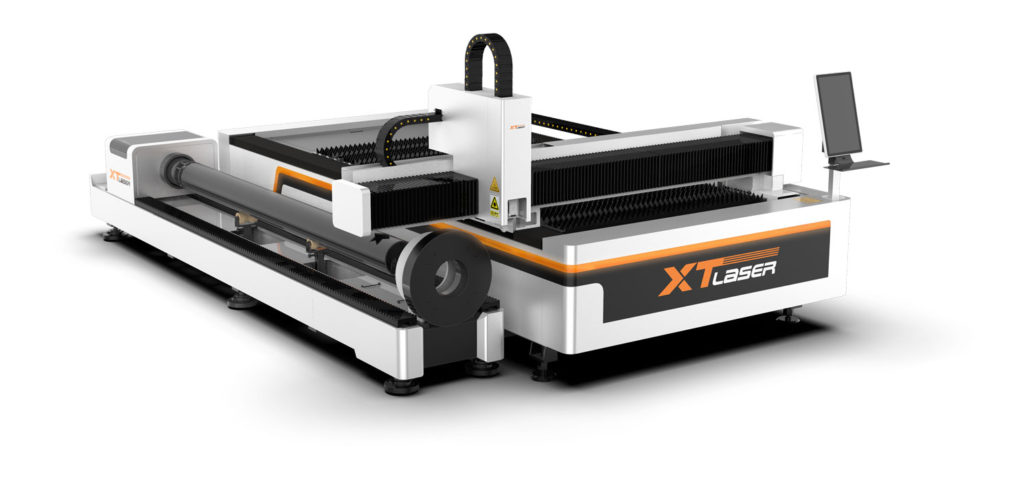How To Achieve Fine Edge Quality with Fiber Laser Cutter-Ariel
How To Achieve Fine Edge Quality with Fiber Laser Cutter
How To Achieve Fine Edge Quality with Fiber Laser Cutter?Laser cutting is a technology that uses a laser to cut materials.

And it is typically for industrial manufacturing applications.
Laser cutting works by directing the outpqut of a high-power laser most commonly through optics.
A typical commercial laser for cutting materials involving a motion control system to follow a CNC or G-code of the pattern.
1.How to achieve the good cutting outcome
At first, making the right adjustments to the cutting parameters
If focus spot too high in the cut can leave spiky dross.
And focusing too low in the cut yields slower cutting speeds and can leave beads, a telltale sign of “overflushing .”
It’s true that setting the standoff too high causes the assist gas to have trouble evacuating the molten metal cleanly and efficiently from the kerf
Secondly,Assisted gas usage.
Cutting of stainless steel, the N2 pressure can reach 2MPa , purity of 99.999%.
A capacity for Carburetor is 50N3/H with design pressure 2.5MPA.
When using with small cylinder of N2 for cutting, a high pressure nitrogen meter is a must with range from 0 to 6MPa .
Nitrogen assist gas can make up 35 to 50 percent of the variable costs in laser cutting.
It’s important to control that consumption.
Also it is necessary to choose the smallest nozzle diameter you can use to obtain the desired quality and performance.
Oxygen Cutting Considerations
oxygen cutting for carbon steel using the exothermic reaction.
Max pressure of O2 should reach 1Mpa and purity of at least 99.9%.
Oxygen-cutting carbon steel benefits from higher oxygen gas purity levels.oxygen purity level plays an important role.
Increasing oxygen global purity to 99.95 percent or above—to 99.98 or 99.99 percent.
We can increase the cutting speed in production significantly, sometimes between 30 and 40 percent.
Any changes in the exothermic reaction, which can in turn affect the cutting performance.
The exothermic reaction works in conjunction with the gas flow rate (much lower than in nitrogen cutting) to burn and evacuate molten material and slag.
If that molten material and oxidized slag aren’t removed effectively, it remains as a burr on the cut edge

